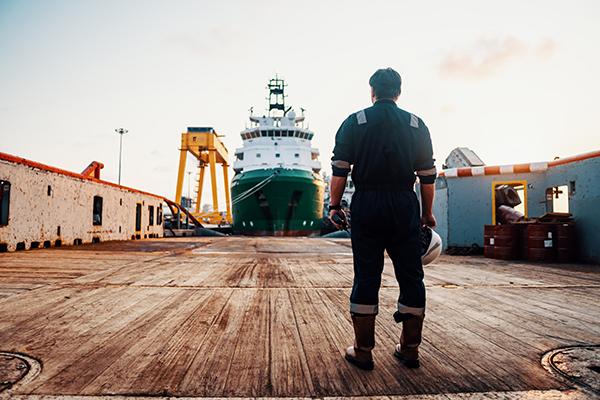Port and flag State Control (FSC and PSC) are conducted in accordance with the International Maritime Organization’s (IMO) requirements. Primarily, compliance activity may involve issuing deficiencies or a detention (a prohibition on the ship being allowed to depart the port).
Detentions, bans and associated public release of information, provide for an effective compliance tool to ensure corrective and timely action is undertaken by the vessel to continue to comply with regulatory requirements.
As part of the standard PSC and FSC inspection, AMSA examines compliance with the MLC. Where the inspection is undertaken in response to a complaint, the inspection will consider the specifics of that complaint as part of the inspection.
In 2020, AMSA conducted a total of
3108 PSC inspections resulting in 270 detentions.
18 of these detentions were directly related to breaches of the MLC.
Figure 15 shows the number of MLC deficiencies issued following PSC inspections. Overall, there has been a decreasing trend in MLC deficiencies since 2016. In 2020, however, we have seen a spike in the number of MLC deficiencies. This is due to a marked increase in deficiencies relating to conditions of employment and seafarer employment agreements as a result of repatriation issues due to the COVID-19 pandemic.
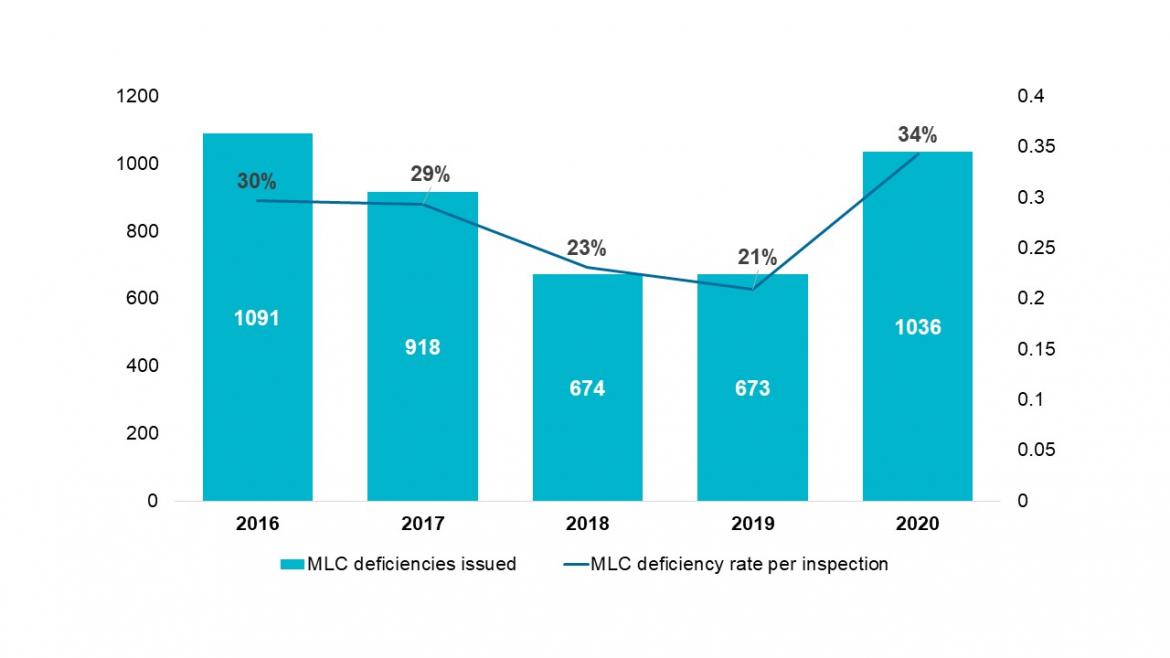
Total number of MLC deficiencies issued per year including MLC deficiencies per inspection.
Figure 16 shows the number of PSC MLC related detentions per year. The number of detentions have been stable for the past few years, with the exception of a small drop in 2019. Wages consistently make up the largest percentage of detainable deficiencies each year.
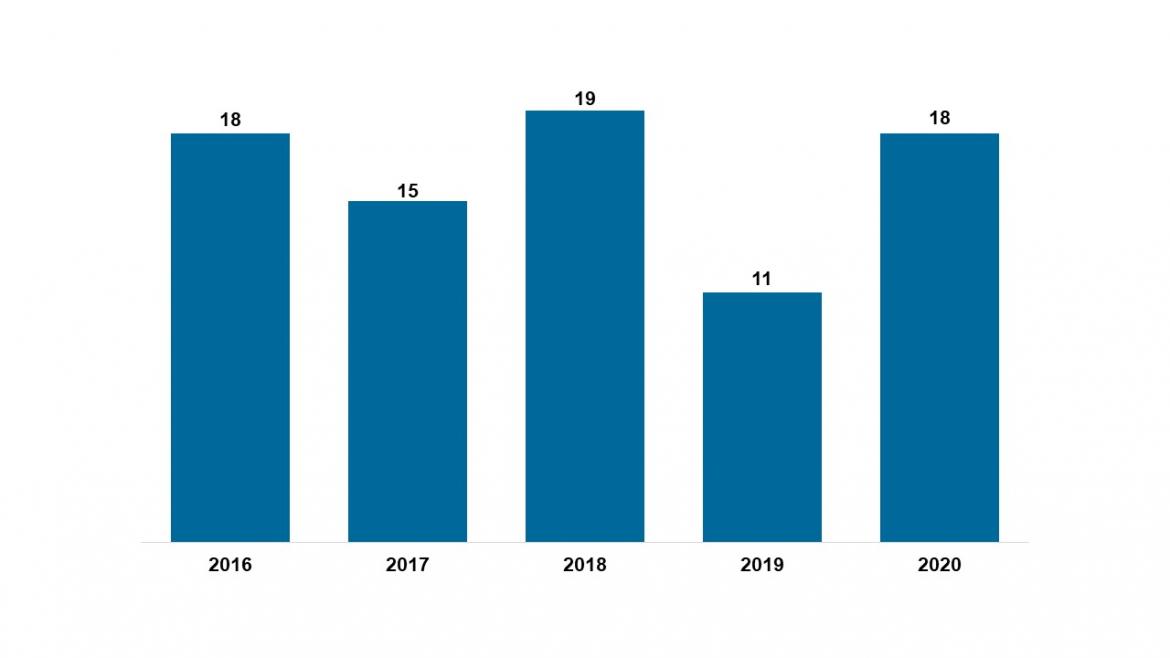
Number of MLC related detentions per year.

Number of MLC deficiencies from all PSC deficiencies in 2020
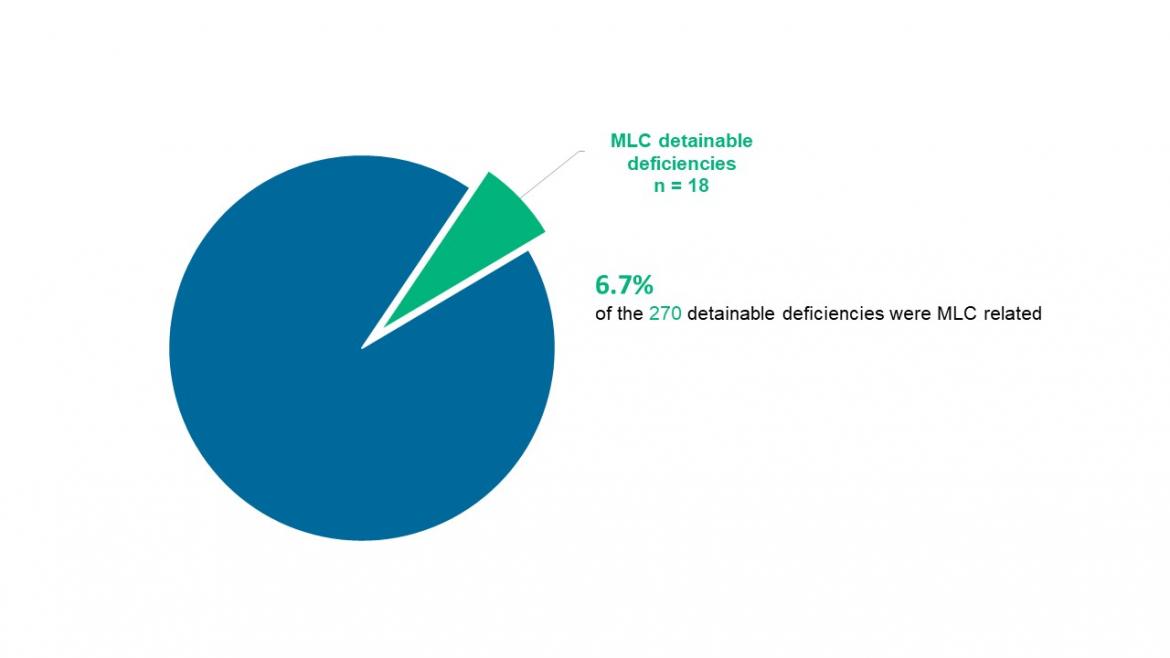
Number of MLC detainable deficiencies from total PSC detainable deficiencies in 2020
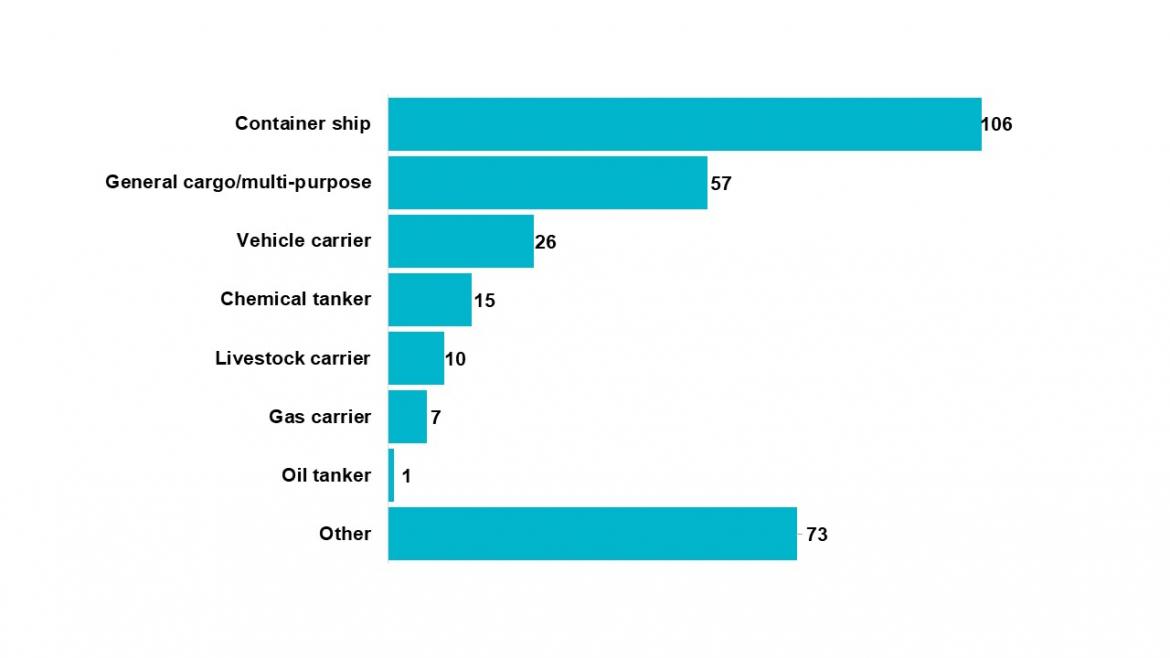
Breakdown of MLC deficiencies by ship type for 2020.
PSC deficiency data related to MLC issues
Figure 20 shows a breakdown of MLC deficiencies by MLC Title as well as whether the investigation was initiated as a result of a complaint or a PSC inspection.
Regulation 4.3, dealing with health and safety protection and accident prevention, is the major deficiency item identified and is reflected in the number of Title 4 deficiencies below. While most complaints were related to Title 2 (conditions of employment, such as seafarer employment agreements and repatriation) (see Figure 9), PSC MLC deficiency data has identified that health and safety protection is the largest MLC deficiency item.
Title 1 – Minimum requirements for seafarers to work on vessels
Title 2 – Conditions of employment
Title 3 – Accommodation, recreational facilities, food and catering
Title 4 – Health Protection, medical care, welfare and social security protection (including bullying and harassment)
Title 5 – Compliance and enforcement
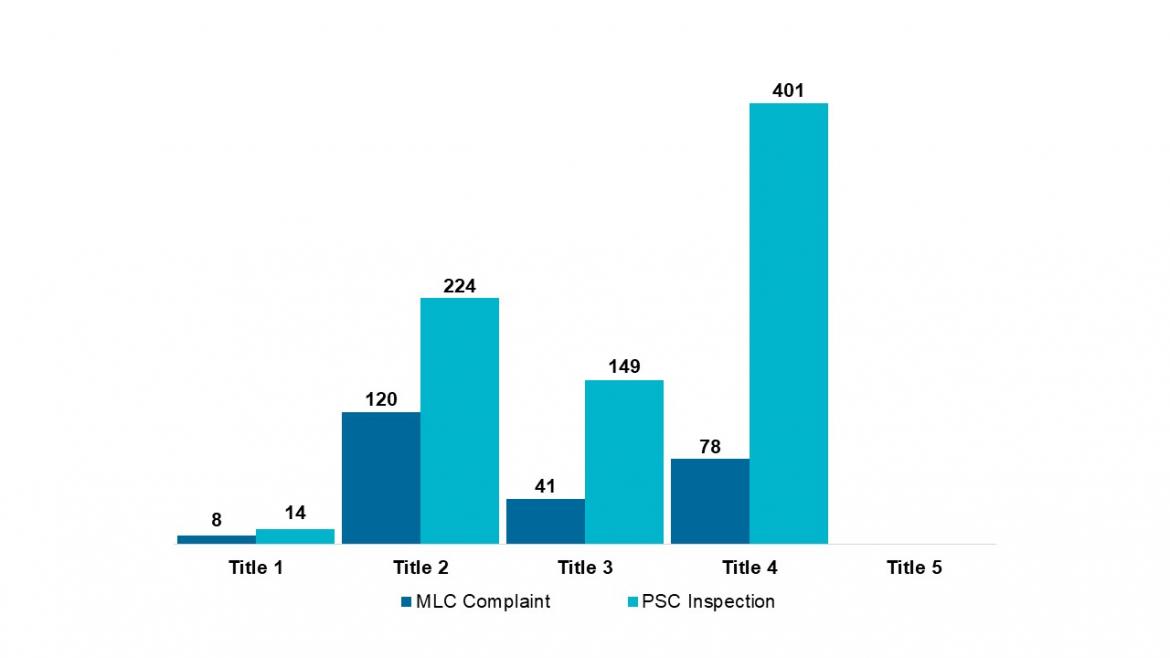
Breakdown of deficiencies by MLC title for 2020 and what initiated investigation
FSC deficiency data related to MLC issues
Figure 21 shows a breakdown of MLC deficiencies by MLC Title as a result of Flag State Control inspections.
In 2020, a total of 39 FSC inspections were carried out. 12 MLC deficiencies were issued across a total of 10 Regulated Australian Vessels (8 vessels with 1 deficiency + 2 vessels with 2 deficiencies).
Regulation 4.3, dealing with health and safety protection and accident prevention, is the major deficiency item identified and is reflected in the number of Title 4 deficiencies below.
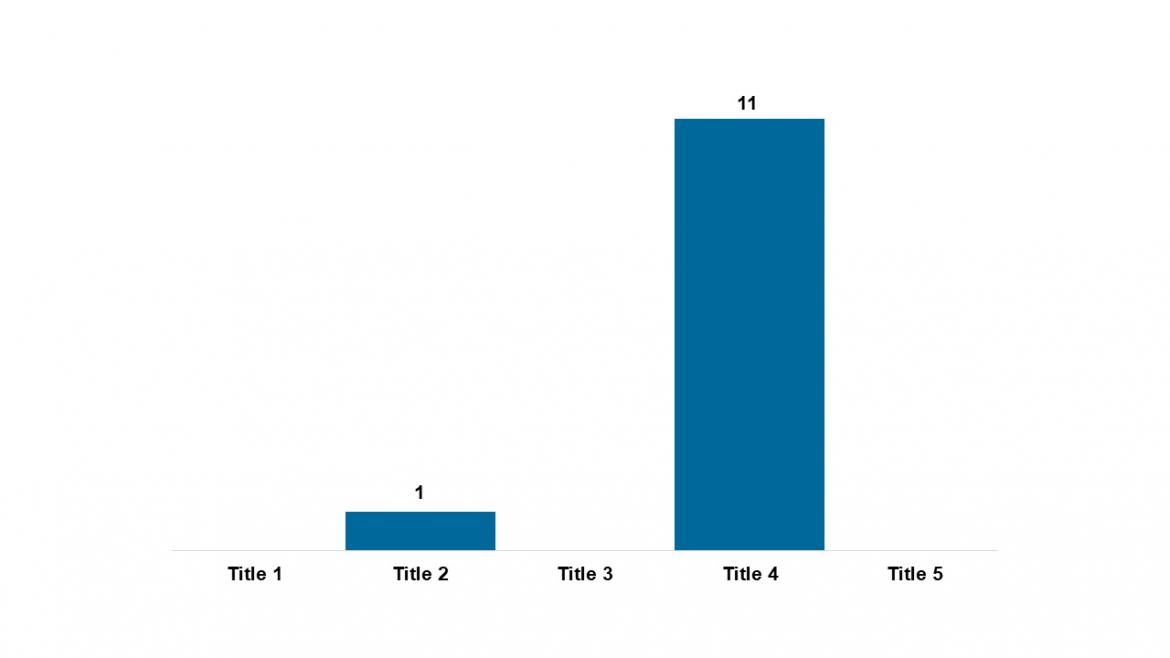
Breakdown of deficiencies by MLC title for 2020 following a FSC Inspection.
Conclusion
Seafarers usually work in a highly demanding, hazardous and stressful environment, with a range of possible negative effects on safety, physical health and mental health. In 2020 the COVID-19 pandemic added further challenges to seafarers’ work and life at sea.
In particular, the repatriation process for seafarers during the COVID-19 pandemic faced unprecedented challenges. This crisis has never been experienced before. In Australia the situation became evident with seafarer complaints related repatriation peaking to an unprecedent level in July 2020. Our inspectors worked hard to ensure that seafarers rights continued to be upheld even during this crisis. Our focus through the issue of Marine Notice 04-2020 and 10/2020 - Maximum period of shipboard service for seafarers during COVID-19 pandemic was to ensure that all possible efforts had been exhausted to repatriate seafarers. The number of complaints related to repatriation declined significantly between September and December 2020, which is a clear indication that AMSA’s approach to getting seafarers home to their loved ones for respite, improved the welfare of those serving at sea. AMSA’s position on seafarer repatriation has had a significant impact on seafarer welfare and has been acknowledged nationally and internationally.
The information in this report continues to show that although port State control data points to health and safety protection and accident prevention as one of the major deficiency items under the MLC, the majority of complaints are related to conditions of employment. This continues to be a concern with such situations the mental, physical and social well-being, which may reflect on the overall health, work engagement and safety of seafarers.
Australia will continue to play a leading role in ensuring seafarer welfare and that seafarers on vessels visiting our ports continue to be treated with the dignity they deserve.
